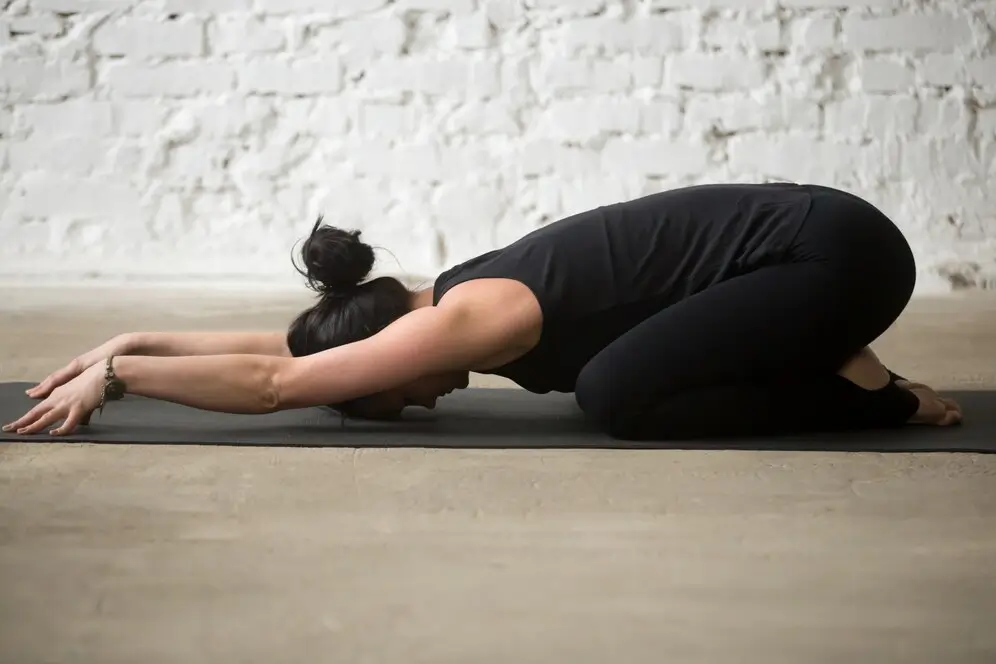
Table of Contents
Progressive Muscle Relaxation (PMR): A Comprehensive Guide To Stress Reduction And Well-Being
In the fast-paced and often demanding world we live in, stress has become an ubiquitous companion for many individuals. Coping with stress is crucial for maintaining both mental and physical health, and fortunately, there are various techniques available to help manage stress levels. One such effective method is Progressive Muscle Relaxation (PMR), a systematic and evidence-based approach that promotes relaxation and reduces muscle tension.
Understanding Progressive Muscle Relaxation (PMR)
Origins and Development
Progressive Muscle Relaxation was developed in the 1920s by Edmund Jacobson, an American physician. Jacobson believed that mental and physical tension were interconnected, and relaxing the body could have a positive impact on the mind.
He introduced the concept that deliberately tensing and then releasing muscles could lead to a profound sense of relaxation. Over the years, PMR has evolved and been widely embraced as a therapeutic tool for stress management.
The Basics of PMR
The core principle of PMR involves the systematic tensing and then relaxing of different muscle groups throughout the body.
This process helps individuals become more aware of the physical sensations associated with tension and relaxation.
By deliberately focusing on each muscle group, practitioners can enhance their mind-body connection and develop the ability to release accumulated tension at will.
The Progressive Muscle Relaxation Technique
To begin a session of Progressive Muscle Relaxation, find a quiet and comfortable space. Sit or lie down in a relaxed position. Take a few deep breaths to center yourself and shift your focus inward.
Step-by-Step Procedure
- Start with Deep Breathing: Inhale slowly through your nose, filling your lungs with air, and exhale gently through your mouth. Repeat this several times to initiate a state of relaxation.
- Focus on Muscle Groups: Begin with a specific muscle group, such as your hands or feet. Tense the muscles in that area for about 5 to 10 seconds, paying attention to the sensation of tension.
- Release and Relax: After tensing, release the muscles abruptly and allow them to relax completely. Focus on the contrast between tension and relaxation.
- Move Through the Body: Progress through different muscle groups, working your way up or down the body. Common sequences include starting with the hands and moving up to the face, or beginning with the feet and moving up to the shoulders.
- Maintain a Relaxing Breath: Throughout the process, continue to breathe deeply and rhythmically. Sync your breath with the tension and relaxation phases.
- Mindful Awareness: Be mindful of the sensations you experience during each phase. Notice the difference between tension and relaxation, and let go of any lingering stress or discomfort.
- Repeat as Needed: The entire process may take 15 to 20 minutes. Repeating it regularly, ideally on a daily basis, reinforces the mind-body connection and promotes long-term relaxation benefits.
Benefits of Progressive Muscle Relaxation
Stress Reduction
PMR is renowned for its ability to alleviate stress. By systematically addressing tension in various muscle groups, individuals can experience a profound sense of relaxation that extends to their overall well-being.
Improved Sleep
Regularly practicing PMR has been linked to an improvement in sleep quality.
The relaxation induced by the technique can help individuals unwind before bedtime, making it a valuable tool for those struggling with insomnia or sleep disturbances.
Anxiety Management
People dealing with anxiety disorders often find relief through PMR.
The controlled release of muscle tension promotes a sense of calmness and can be an effective coping mechanism during anxious moments.
Enhanced Mind-Body Awareness
One of the key benefits of PMR is the development of heightened awareness of the body’s response to stress.
This increased mindfulness can extend beyond the practice itself, helping individuals recognize and address tension in their daily lives.
Physical Well-Being
Beyond its psychological benefits, PMR can positively impact physical health. Various health issues, including headaches and musculoskeletal pain, are associated with chronic muscle tension.
By regularly practicing PMR, individuals may experience a reduction in these physical symptoms.
Incorporating Progressive Muscle Relaxation into Daily Life
Consistency is Key
To reap the full benefits of PMR, consistency is crucial. Incorporate it into your daily routine, whether it’s during a break at work, before bedtime, or as part of a morning ritual.
Personalization
Tailor the practice to suit your preferences. Experiment with the sequence of muscle groups or the duration of tension and relaxation to find what works best for you.
Combine with Other Techniques
Other relaxation techniques, such as meditation, deep breathing, or guided imagery, can complement PMR. Combining these methods can enhance overall stress management.
Seek Professional Guidance
While PMR is generally safe for most individuals, those with specific health concerns or medical conditions should consult with a healthcare professional before starting any new relaxation practice.

Conclusion
Progressive Muscle Relaxation stands as a time-tested and scientifically validated method for managing stress and promoting overall well-being.
By incorporating this technique into your daily routine, you can cultivate a greater awareness of the mind-body connection, reduce tension, and enhance your ability to navigate the challenges of life with resilience and calmness.
As a versatile and accessible tool, PMR offers individuals a simple yet powerful way to take control of their mental and physical health, fostering a path to a more relaxed and fulfilling life.